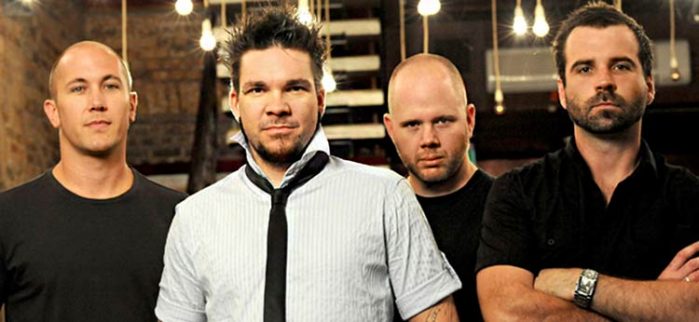The Butterfly Effect Imago Rapidshare
The butterfly effect is a term used in chaos theory to describe how small changes to a seemingly unrelated thing or condition (also known as an initial condition) can affect large, complex systems. The term comes from the suggestion that the flapping of a butterfly's wings in South America could affect the weather in Texas, meaning that the tiniest influence on one part of a system can have a huge effect on another part. Taken more broadly, the butterfly effect is a way of describing how, unless all factors can be accounted for, large systems like the weather remain impossible to predict with total accuracy because there are too many unknown variables to track.
- The Butterfly Effect Explanation
- The Butterfly Effect Theory
- The Butterfly Effect Imago Rapidshare Youtube
Origins in Weather Prediction
Anarchy OK 3. Silence is Violence 4. The River Song 9. Doors (Now & Then My Life Feels Like It's Going Nowhere).
The concept of the butterfly effect is attributed to Edward Norton Lorenz, a mathematician and meteorologist, who was one of the first proponents of chaos theory. Lorenz was running global climate models on his computer one day and, hoping to save himself some time, ran one model from the middle rather than the beginning. The two weather predictions, one based on the entire process, including initial conditions, and another based on a portion of the data, starting with the process already part way completed, diverged drastically. Lorenz, along with most scientists of his time, had expected the computer models to be identical regardless of where they started. Instead, tiny, unpredictable variations caused the two models to differ.
Edit
Spoilers
The trivia items below may give away important plot points.
